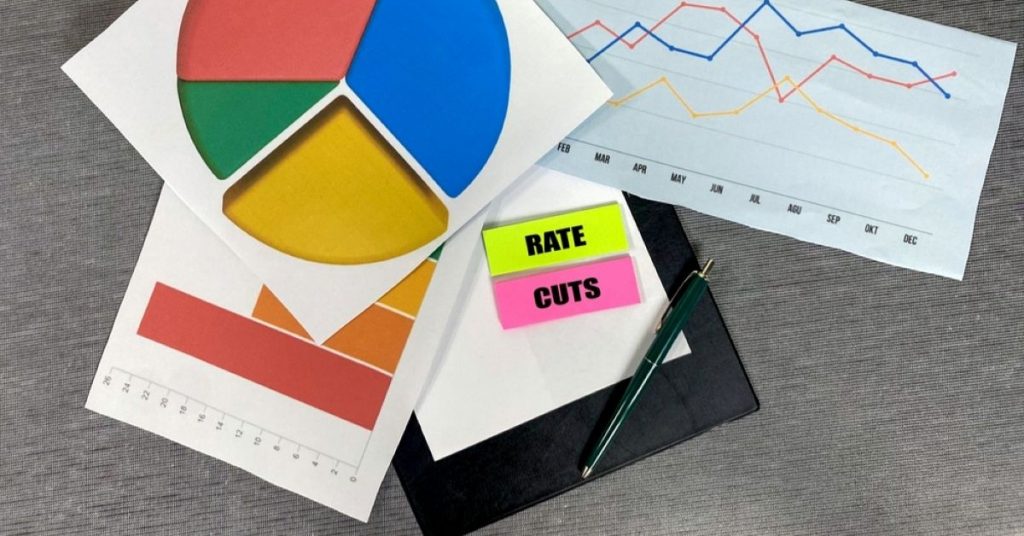The Federal Reserve’s recent quarter-point rate cut may not do much to ease the burden for residential homebuyers, but it could breathe new life into the commercial real estate sector.
Since the Fed began raising interest rates in 2022, commercial property values have plummeted over 20%, deal activity has slowed sharply, and banks have grown increasingly cautious with lending. Now, as the Fed enters an easing cycle, analysts believe the tide could begin to turn—stabilizing values, unlocking stalled transactions, and reviving dormant projects like office-to-apartment conversions.
Brokerages including Marcus & Millichap and CBRE are already forecasting a pickup in activity, pointing to lower borrowing costs as a catalyst. Early signs of a rebound are emerging, too: Office property prices in central business districts saw modest year-over-year gains in July, reversing steep declines from the previous year. Apartment buildings are also beginning to regain value, particularly in high-demand urban centers like New York and San Francisco, where buyer and seller expectations are starting to converge.
For many owners facing distressed debt or looming loan maturities, falling short-term rates could offer much-needed refinancing relief. And with the Fed signaling the possibility of two additional rate cuts by year-end, confidence across the sector is gaining momentum.
But this renewed optimism isn’t without caveats. Inflation remains above the Fed’s 2% target, while wage growth and hiring have slowed. Rising construction costs, fueled in part by new tariffs, could also limit the pace of new development. A cooling economy may weaken rent growth, reduce leasing demand, and cut into consumer spending—pressures that could weigh on property values even if financing becomes more accessible. Meanwhile, sectors like retail and industrial, once considered safe havens, are now seeing rising vacancy rates. Data centers remain a bright spot, bucking the trend with continued strong demand.
Another complicating factor is the 10-year Treasury yield, a key benchmark for long-term real estate financing. While the Fed can lower short-term rates, long-term yields don’t always follow suit. In fact, after recent Fed cuts, the 10-year yield moved higher, limiting the overall impact on borrowing costs. Without corresponding declines in long-term rates, refinancing and deal-making could remain sluggish.
Still, the broader implications of the Fed’s policy shift could subtly rebalance the dynamics in commercial real estate. Over the past two years, lenders have held most of the leverage, as borrowers scrambled to manage rising debt costs. Now, lower rates could tilt the scales, giving property owners more flexibility to renegotiate terms, resolve distressed situations, and revive shelved projects. Investors are also likely to double down on resilient sectors like multifamily and data centers, while older office buildings may continue to fall out of favor—intensifying the growing divide within the market.
Perhaps most important, the Fed’s pivot signals a shift in sentiment. Financial markets are influenced not only by the cost of capital, but also by perceptions of stability and direction. After nearly two years of volatility and hesitation, the sense that the tightening cycle is over could reawaken confidence. Sellers might be more willing to bring properties to market, buyers more open to transacting, and lenders more comfortable underwriting new deals. In the end, that psychological boost—more than the cut itself—could be the spark that begins to thaw a long-frozen market.
Source: propmodo

